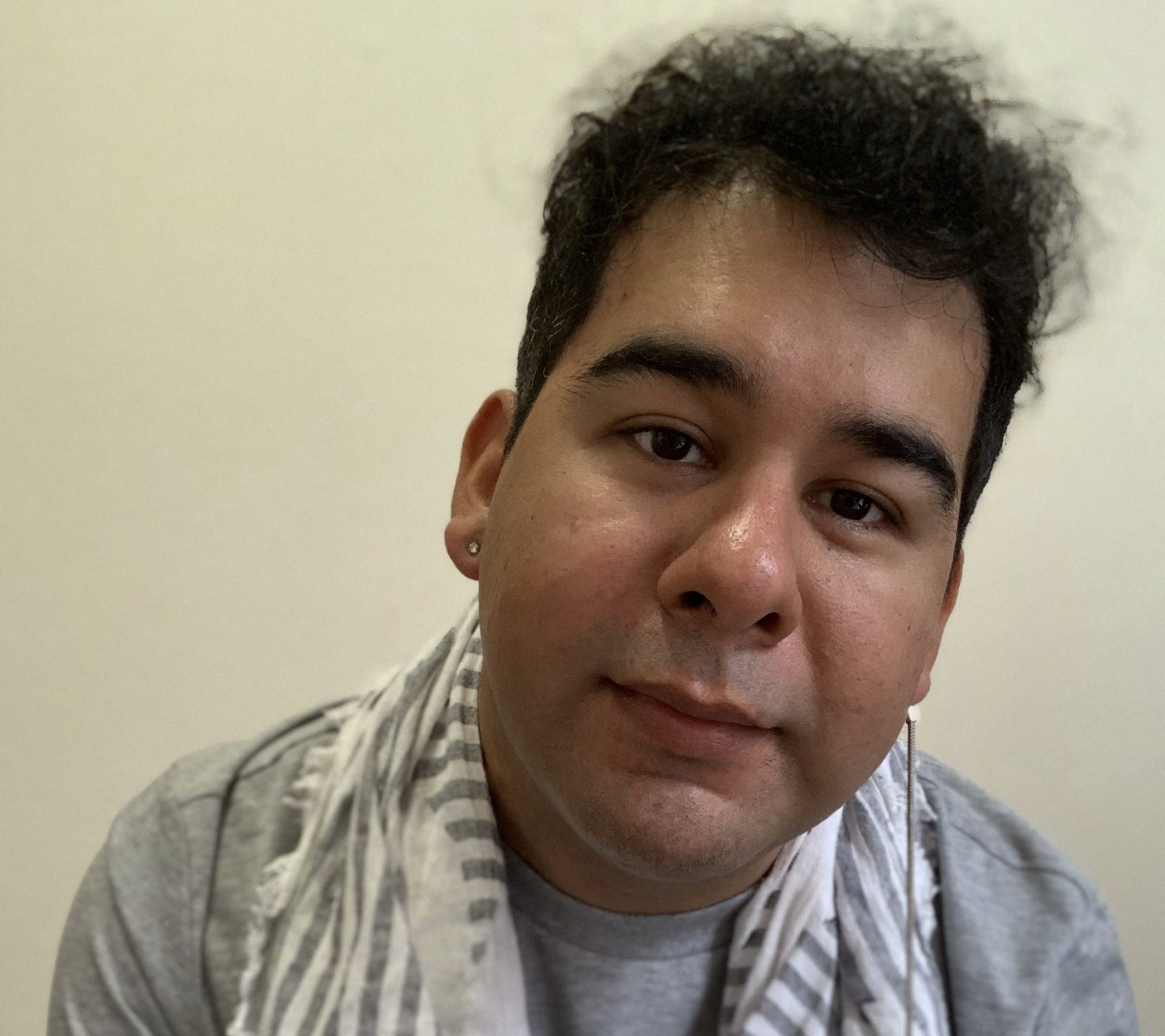
by Michele Kirichanskaya | Jun 30, 2021 | Blog
Jonny Garza Villa is a product of the great state of Texas, born and raised along the Gulf Coast, and a decade-long resident of San Antonio. They are an author of contemporary young adult fiction that maintains a brand of being proudly Latinx, and the most queer, and...
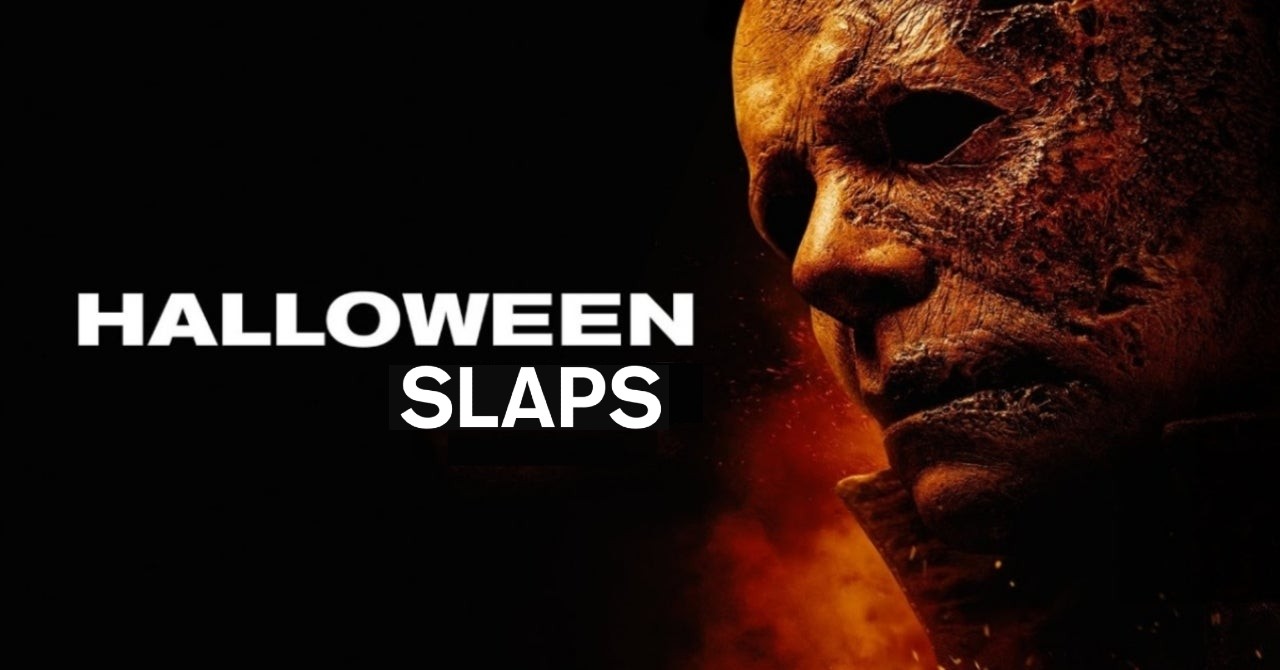
by Kevin Gilligan | Jun 29, 2021 | Podcast
https://geeksoutpodcast.libsyn.com/geeks-out-podcast-halloween-slaps In this week’s episode of the Geeks OUT Podcast, Kevin is joined by J.W. Crump, as they discuss the new trailers for Halloween Kills & Shang-Ch and the Legend of the Ten Rings, and...
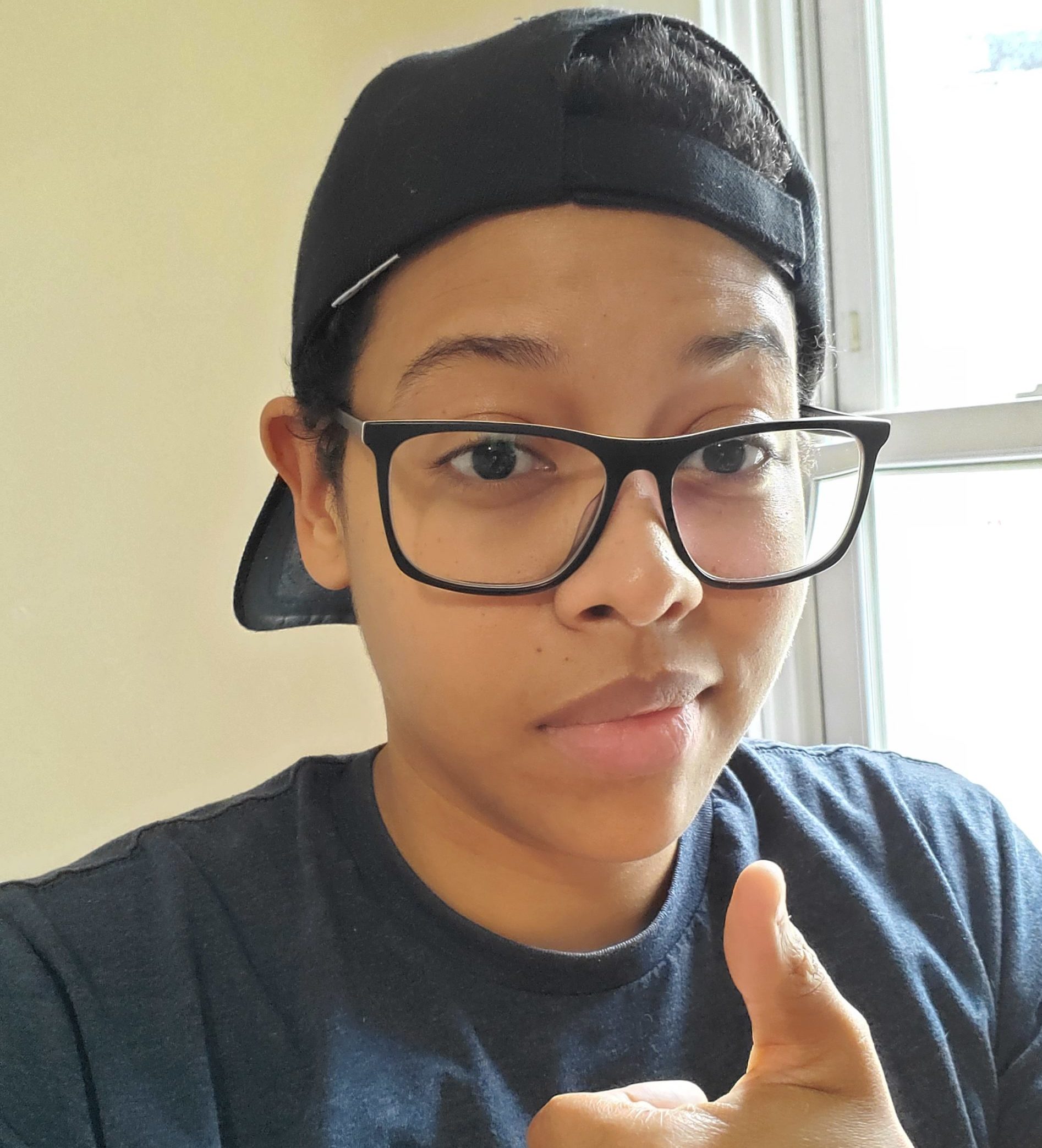
by Chris Allo | Jun 26, 2021 | Blog
Hello and welcome back to the Geeks OUT Creator Spotlight. For this edition I had the chance to speak to one of the most sought after and super talented comic writers working in the industry today, Vita Ayala! Vita Ayala is a queer Afro-Puerto Rican, born and bred in...
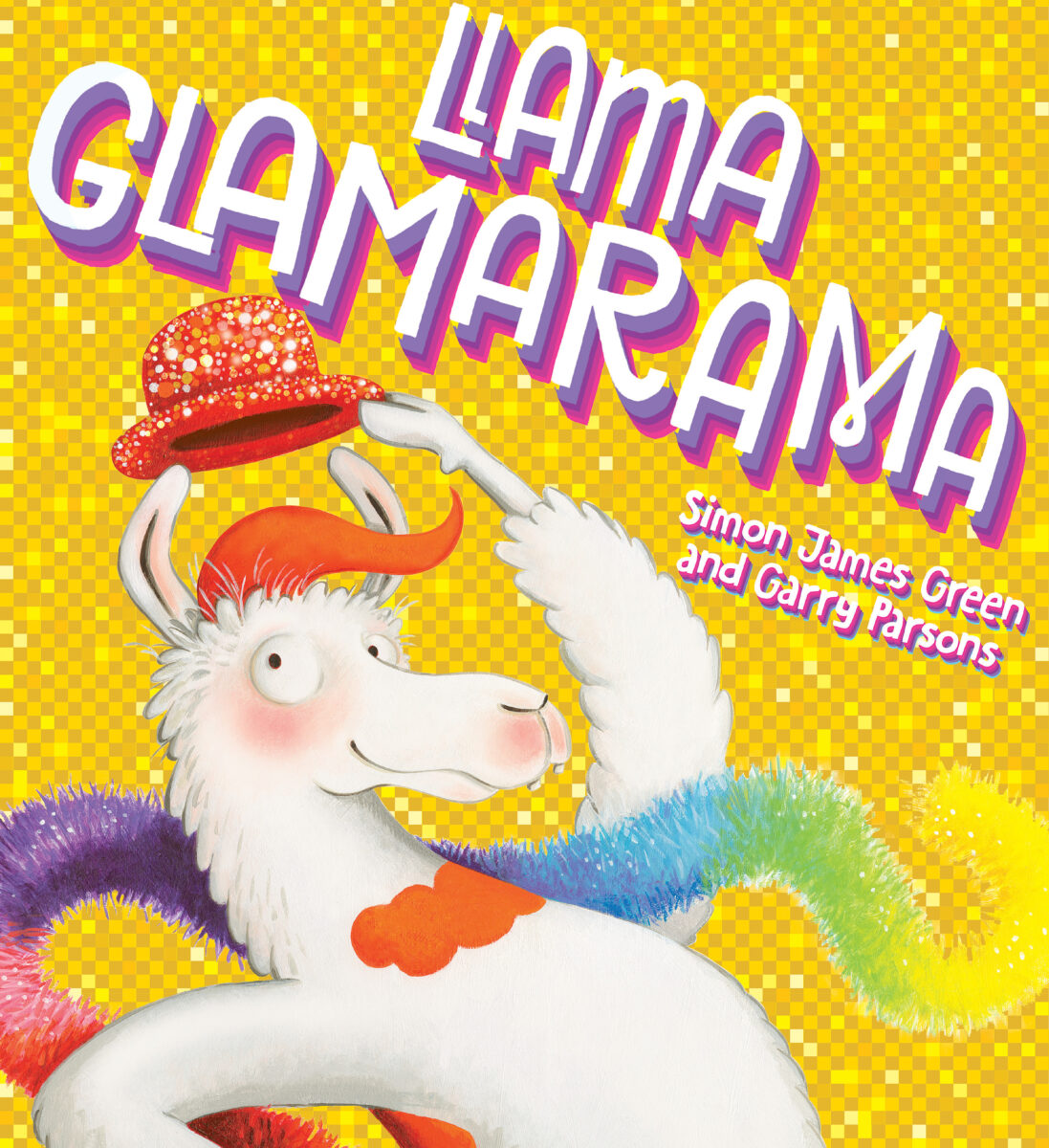
by Michele Kirichanskaya | Jun 25, 2021 | Blog
Simon James Green is an award-winning UK-based author of young adult novels. His works include Noah Can’t Even, Noah Could Never, and Alex in Wonderland, which was nominated for a Carnegie medal and featured in Best Kids Books 2019 from The Guardian. Llama...
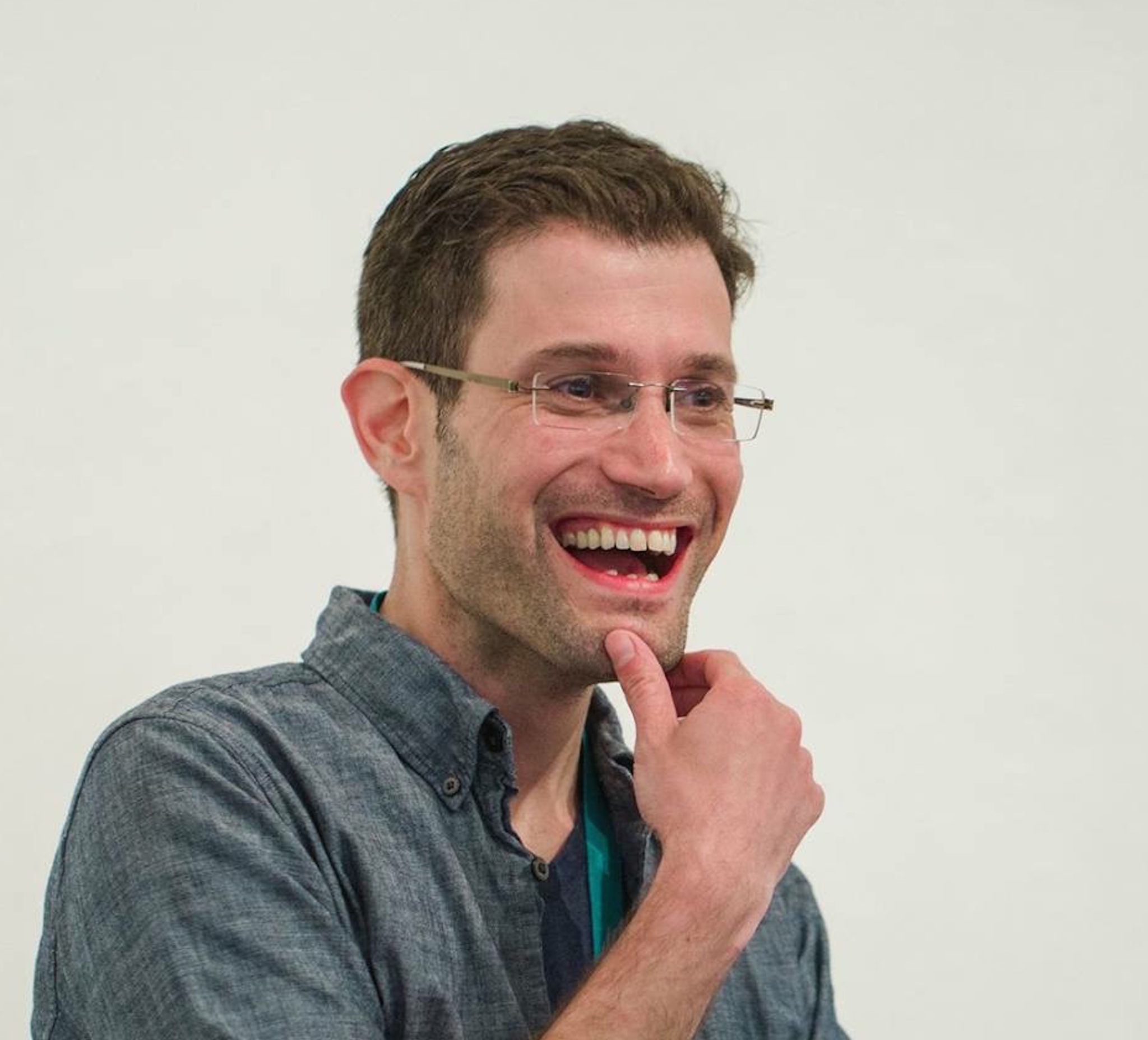
by Michele Kirichanskaya | Jun 23, 2021 | Blog
Alex London is the author of over 25 books for children, teens, and adults with over 2 million copies sold. He’s the author of the middle grade Dog Tags, Tides of War, Wild Ones, and Accidental Adventures series, as well as two titles in The 39 Clues. For young...






